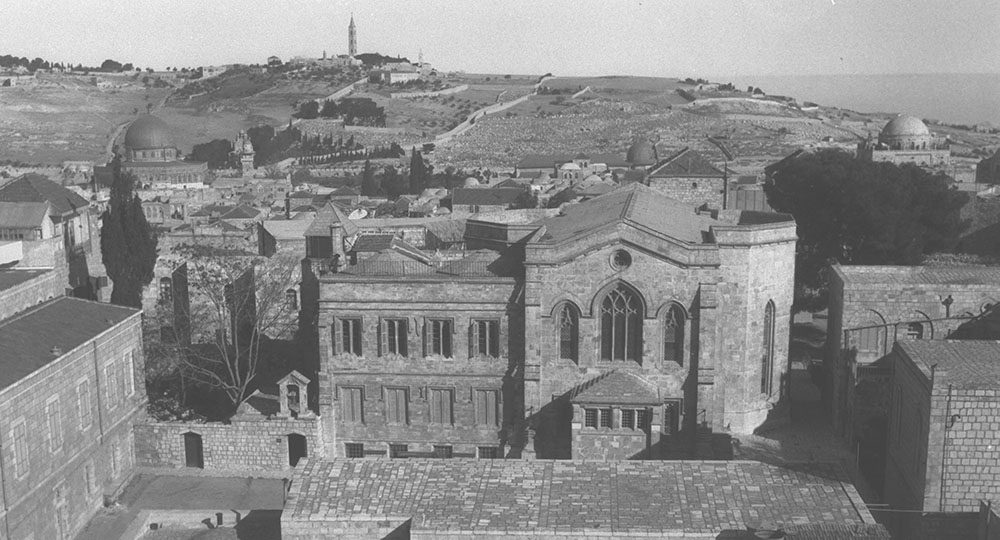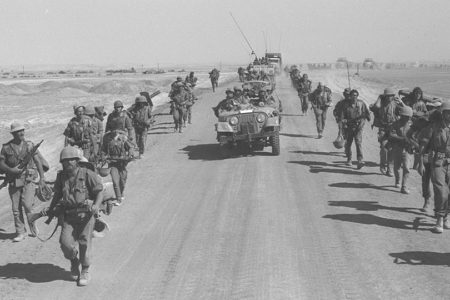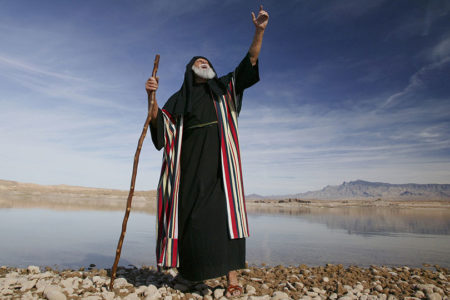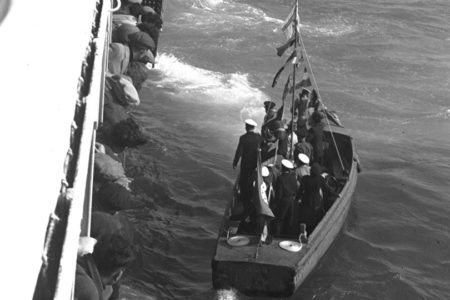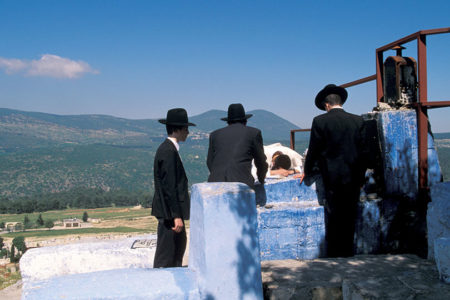The Division and Desecration of Jerusalem
On November 29, 1947, the UN General Assembly approved Resolution 181, a plan to partition what was left of British Palestine into two states: one Arab, one Jewish. Seventy-seven percent of the territory had already been given to the Arabs.
The Jewish people living in the land accepted the resolution, despite their meager allotment. The Arabs, however, rejected it and immediately turned to violence against the Jewish people.1
In Jerusalem an Arab mob attacked a Jewish marketplace near Jaffa Gate, forcing the Haganah (today the Israel Defense Forces) to defend the site, albeit unsuccessfully. Eventually, the Arabs severed Jerusalem from the rest of Israel’s Jewish communities. Israel’s War of Independence would have its beginnings even before the Jewish state was established.
Six months after the UN approved the partition, Israeli statesman David Ben-Gurion and the provisional government signed Israel’s Declaration of Independence on May 14, 1948. A few short hours later, Egyptian aircraft bombed Tel Aviv. By early morning on May 15, Iraq, Transjordan, Lebanon, and Syria invaded the new State of Israel. The Jordanian army pushed into East Jerusalem, occupying much of the Old City and expelling all of the Jewish people from the Jewish Quarter.
The first days of the war were devastating for Israel. The Haganah lost its footing on all fronts. Syrian tanks advanced on small Jewish villages in the north near the Sea of Galilee. Jerusalem was already isolated, and Iraqi troops were pushing forward toward the middle of the country while Egypt advanced from the south on Tel Aviv.2
Even though the Arab armies were progressing on all sides, Ben-Gurion believed the heart of the war was in Jerusalem and that Jerusalem was where Israel’s efforts should be invested. Yigael Yadin, the head of operations, had a different opinion. Yadin believed the Haganah should focus on southern Israel in the Negev to prevent Egypt from moving on Tel Aviv.
Eventually, Yadin pushed back the Egyptians and gained ground in the south. The Haganah also gained territory in the north from Nazareth to Haifa, later creating a route from the coast to Jerusalem. As the dust settled, it became evident Israel had acquired more land than the tiny sliver allotted it by the UN.
However, Jerusalem was still separated. The place where the Haganah forces were able to stop the Jordanian army became the dividing line between Jewish and Jordanian Jerusalem for 19 years.
Jordan desecrated the Jewish Quarter of the Old City, and it fell into utter ruin. Synagogues, like the famous Hurva Synagogue, that once served as vital places of worship in the Jewish Quarter were destroyed by the Arab Legion. Ancient Torah scrolls were burned, and thousands of Jewish tombs that dotted the Mount of Olives were shattered and used for building materials. To make matters worse, Jewish bodies were exhumed and discarded to make way for a road to lead to a Jordanian hotel atop the Mount of Olives.
Such devastation might have caused many to throw in the towel. However, the Israelis refused to succumb to defeatism.
Today Jerusalem has a completely different countenance. In the 1967 Six-Day War, Israel again took control of the Old City. The Jewish Quarter has been restored to its former glory and continues to be updated to accommodate the millions of Jewish, Christian, and Muslim worshipers who fill its streets. The Hurva Synagogue has been rebuilt, and the Mount of Olives is part of an ongoing restoration project.
Yet as glorious as this restoration to the land has been, God promises an even greater restoration:
Thus says the Lord Gᴏᴅ: “Surely I will take the children of Israel from among the nations, wherever they have gone, and will gather them from every side and bring them into their own land; and I will make them one nation in the land, on the mountains of Israel;…Moreover I will make a covenant of peace with them, and it shall be an everlasting covenant with them; I will establish them and multiply them, and I will set My sanctuary in their midst forevermore” (Ezek. 37:21–22; 26).
That restoration will be glorious indeed.
ENDNOTES
- Elwood McQuaid, It Is No Dream (Bellmawr, NJ: The Friends of Israel Gospel Ministry, 1978), 98.
- Martin Gilbert, Israel: A History (New York, NY: Morrow, 1998), 199.
